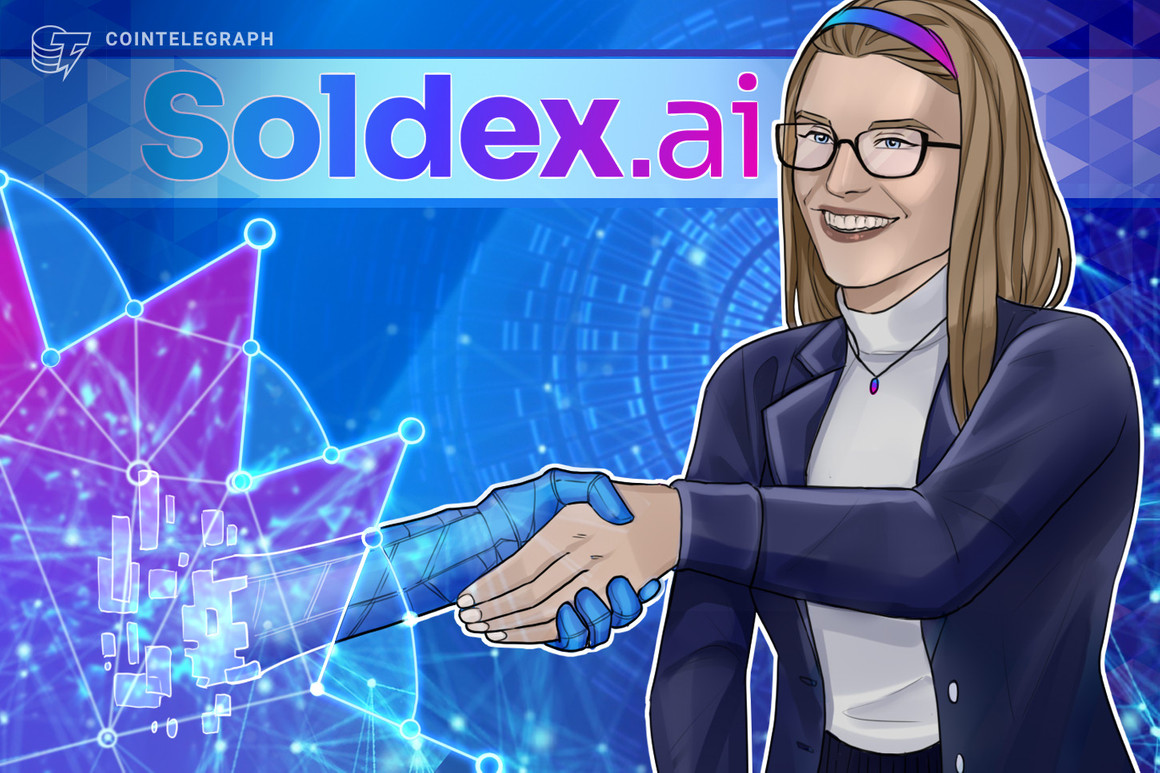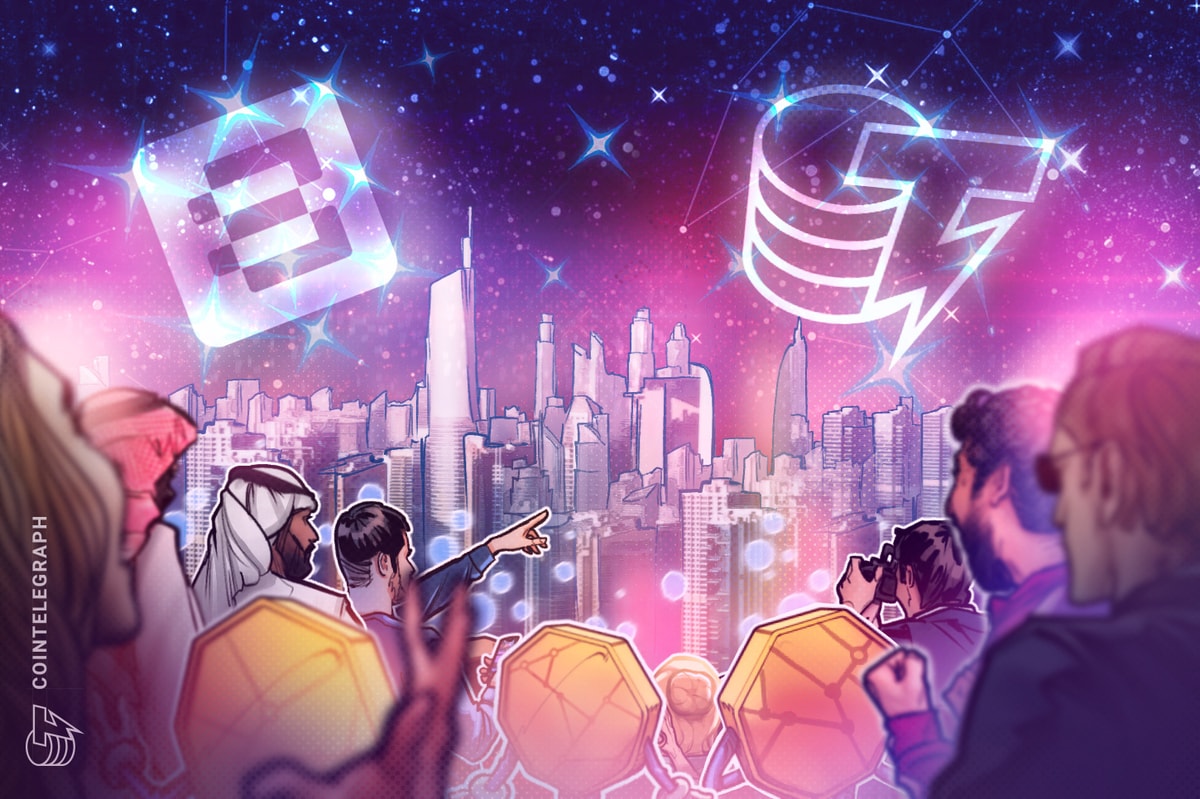The Metaverse is more than a movie concept. It combines all the digital experiences a user might encounter, replicating many of the actions one can take in the real world, including the purchase of property and clothing and the customization of one’s own space and avatars.
However, unlike a virtual ecosystem in a game, the Metaverse involves the management of financial data and other transactions that keep an entire economy running and simulate what a user would encounter in the real world. Without this, users are likely to miss out on the completely immersive experience the Metaverse can offer.
Recognizing this fact has ignited a spark among financial innovators to learn what this means for fintech services in the new world. With cryptocurrencies being at the forefront of the alternative monetary system and other teams developing trading, lending and other financial tools, the question then becomes: How will these ecosystems intersect with the creation of the Metaverse?
Although some still consider the need to conduct all engagements online to be in the very distant future, consider that the COVID-19 pandemic has advanced the acceleration of the pace at which consumers have gotten used to the digital world.
Soldex.ai, a platform leading the next generation of decentralized finance (DeFi) evolution through emotionless trading, has looked to a new partnership to address new audiences amid the rise of the Metaverse. As an ecosystem enabling new investors to trade digital assets, its partnership with Project Larix will only accelerate the creation of a more extensive ecosystem, one that is already rooted in the Metaverse.
Project Larix, a leading lending and borrowing protocol based on the Solana blockchain, has created a series of risk management pools where nonfungible tokens (NFTs), crypto tokens or other synthetic assets are used as collateral. The platform itself was audited and reviewed by SlowMist, a popular, reputable smart contract reviewer.
By partnering with Larix, both protocols will be able to extend their offerings, reaching a wider audience and demonstrating a greater spectrum of DeFi benefits. For Soldex, this agreement represents only one of the strategic partnerships the team has in store with top Solana protocols, with more being released in the coming months.
A DeFi evolution
The next generation in the evolution of DeFi is emotionless trading, comparing hiring an expert while users sit back and watch. Soldex is bringing this to life on the Solana blockchain, with what is known to be the fastest, easiest and arguably most user-friendly decentralized exchange (DEX). As a third-generation solution, concerns around order-matching that occur on centralized exchanges and trustless custody are resolved, and users gain access to the assistance of AI-powered bots to eliminate the risks traditionally common in the buying and selling of cryptocurrency assets.
One of the significant advantages Soldex has over today’s DEXs is that it is based on Solana. Currently, most DeFi transactions are conducted on the Ethereum network, which, although powerful, can only handle so much congestion before fees become too expensive and transaction times too slow.
In contrast, Solana is a capable alternative, equipped to handle a reported 65,000 transactions per second (TPS), a number significantly higher than Ethereum's 15 TPS.
The growth of a vibrant community
With success in meeting all milestones in the previous year, Soldex has several remarkable accomplishments worth noting, including a total value of $1 million with a 150% APY in a SOLX-USDC staking pool on Atrix Finance.
While staking pools already offer clear benefits to investors, the team has set a clear path forward to sustain numbers. The next 12 months are set to be far from quiet for the Soldex team, which has shared the details of their plans in their recently updated roadmap.
Their goals primarily focus on building Solana’s DeFi community through the listing of SOLX on more exchanges, releasing new marketing campaigns on top DeFi channels, setting up a global academy, and establishing new strategic partnerships to strengthen the underlying technology.
Disclaimer. Cointelegraph does not endorse any content or product on this page. While we aim at providing you with all important information that we could obtain, readers should do their own research before taking any actions related to the company and carry full responsibility for their decisions, nor can this article be considered as investment advice.











